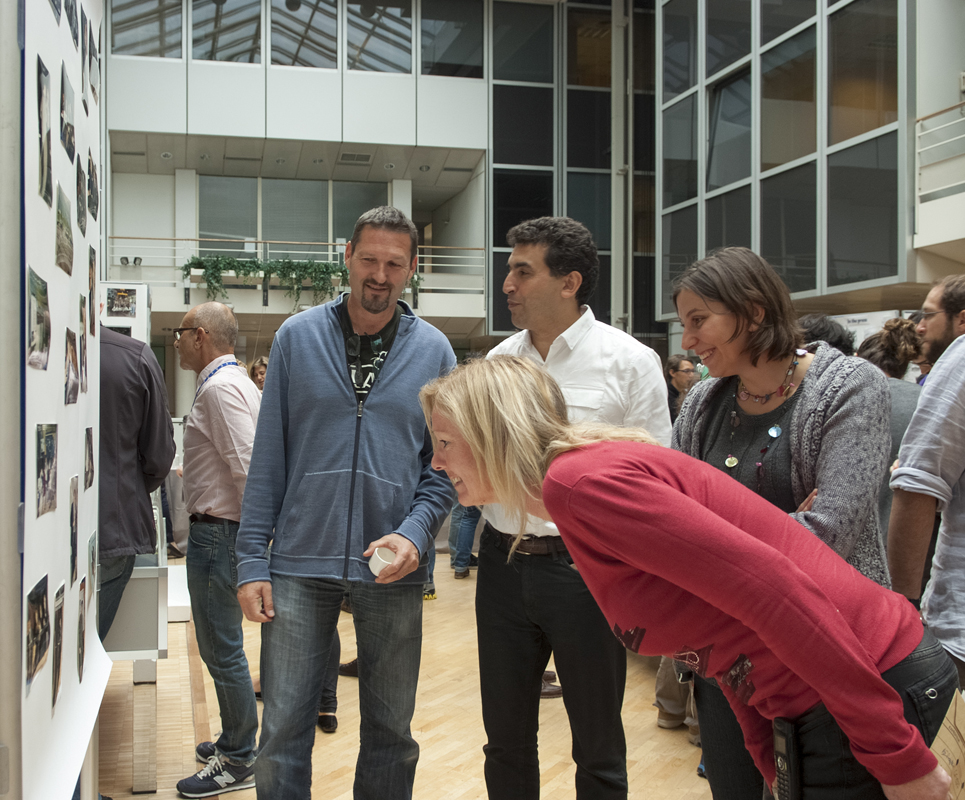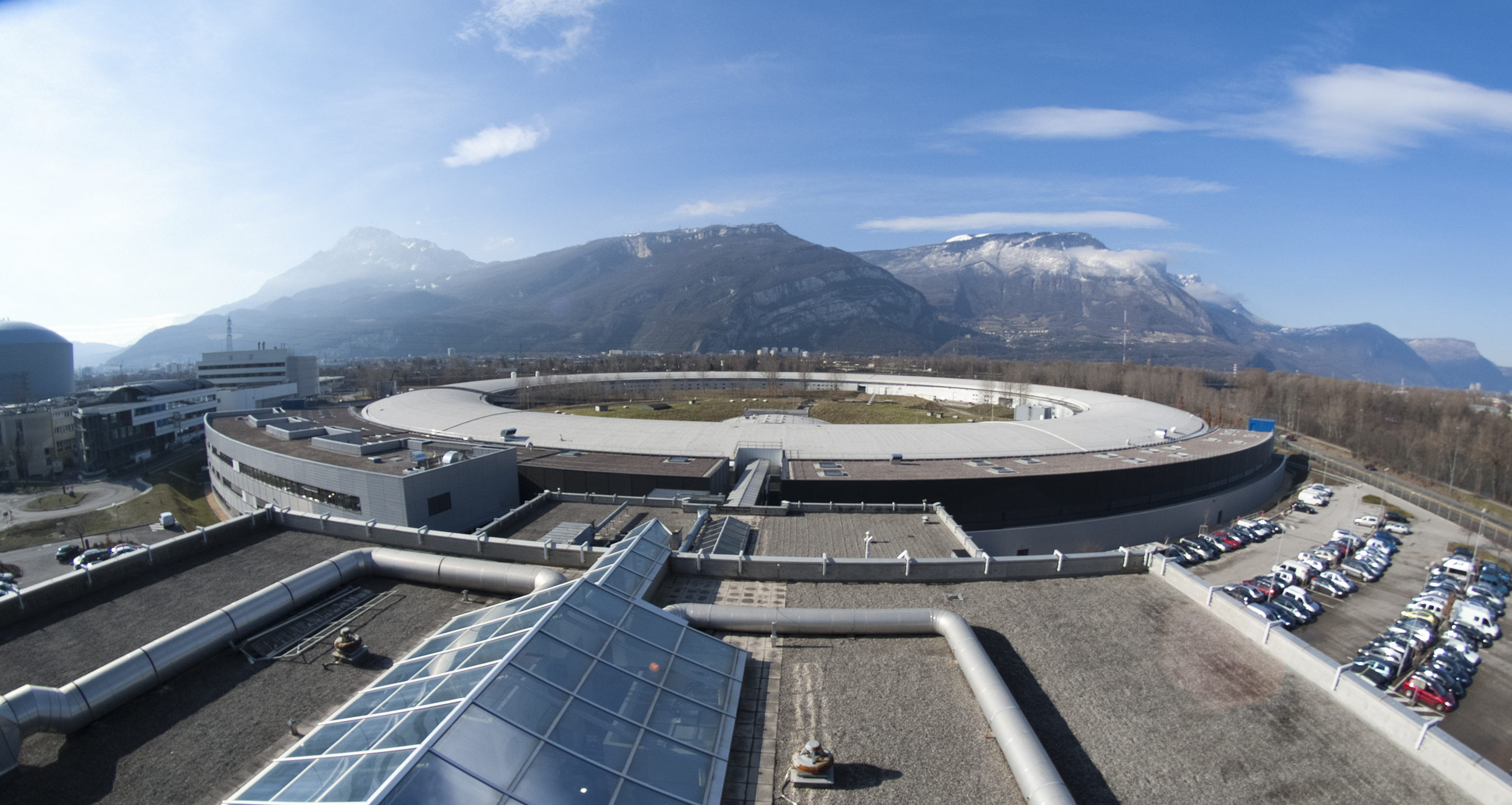- Home
- News
- General News
- 20 years ago today...
20 years ago today experiments on ESRF’s first ever user schedule began
01-10-2014
The European Synchrotron, the ESRF, is marking 20 years since the start of experiments on our first ever user schedule. A day after its official inauguration on 30 September 1994, the scientists listed on the original schedule, began their research, on 1 October 1994. Since that time, the ESRF has delivered nearly a quarter of a million shifts during over 90,000 user visits and has contributed to almost 25,000 publications and three Nobel Prizes.
The first discussions about the project that eventually became the ESRF were held as far back as 1975 and construction began in 1988 with 12 countries supporting the project. When the ESRF officially opened its doors to users in 1994 it offered 15 operational beamlines. By the time it was finished in 1998 the number of beamlines on offer had doubled. The ESRF is now supported by 21 countries with Russia sealing its membership to the ESRF in June this year.
Over the past twenty years the number of annual users of the ESRF has steadily grown. During 1994, there were 271 user visits, in 2014 there were already 2667 in the first six months.
The number of publications has increased from just short of 100 in 1994 to nearly 1200 so far this year and over 1800 in a typical full year. In total nearly 25,000 publications have come out of the ESRF during the 20 years it has been operational.
.jpg) Celebrations for the ESRF inauguration in 1994.
Celebrations for the ESRF inauguration in 1994.
Within those 20 years, three Nobel Prizes for Chemistry have been linked to work at the ESRF:
In 2003, Roderick MacKinnon won the prize ‘for structural and mechanistic studies of ion channels’. His experiments at beamline ID13 contributed to this success.
In 2009, Ada Yonath and Venkatraman Ramakrishnan, both long-term users of the ESRF’s structural biology beamlines, took the prize ‘for studies of the structure and function of the ribosome’. The third recipient of this prize was Thomas Steitz.
In 2012 Brian Kobilka and Robert Lefkowitz won the prize for groundbreaking discoveries that revealed the inner workings of an important family of G-protein–coupled receptors. Kobilka and colleagues used the ESRF’s ID13 and ID23-2 microfocus beamlines to collect data that led to the first beta-2 adrenergic receptor structure. This paved the way to the discoveries recognised by this Nobel Prize award.

Staff taking a look at old photographs brought out to mark 20 years since the inauguration of the ESRF.
Over the 20 years of operation the popularity of the ESRF has continued to grow. During 1994, around 200 proposals were submitted to the ESRF, in 2014, nearly ten times that number was received, with more than 2000 applications for beamtime.
Joanne McCarthy, Head of the Users Office at the ESRF, said: “Requests for beamtime at the ESRF remain high. Earlier this year we announced that we’d received more applications for beamtime between August 2014 and February 2015 than we had in any other time in the ESRF’s history”.
The success of Phase I of the Upgrade Programme that started in 2009 and the approval this year of Phase II, continues to attract users who come from over 40 different countries to use the ESRF. The ESRF offers its users unique capabilities in all fields of X-ray science and applications. Recent breakthroughs have come, among other areas, in micro crystallography, in time-resolved spectroscopy of materials under extreme conditions and in the electronic properties of nano-structured materials.

The ESRF as it stands today.
The improvement of the synchrotron’s source properties and scientific instrumentation, planned in the ESRF Upgrade Programme, will enable completely new X-ray microscopy and imaging and nano-crystallography applications. This comes with a performance enhancement that will, on some beamlines, go all the way up to a million times (106) higher than what we have today, yet using 20 percent less wall-plug energy. More details about the upgrade can be found here and in the latest copy of ESRF News.

The latest edition of ESRF News focuses on Phase II of the upgrade. Take a look here.
Top image: The ESRF under construction in the 1990s



